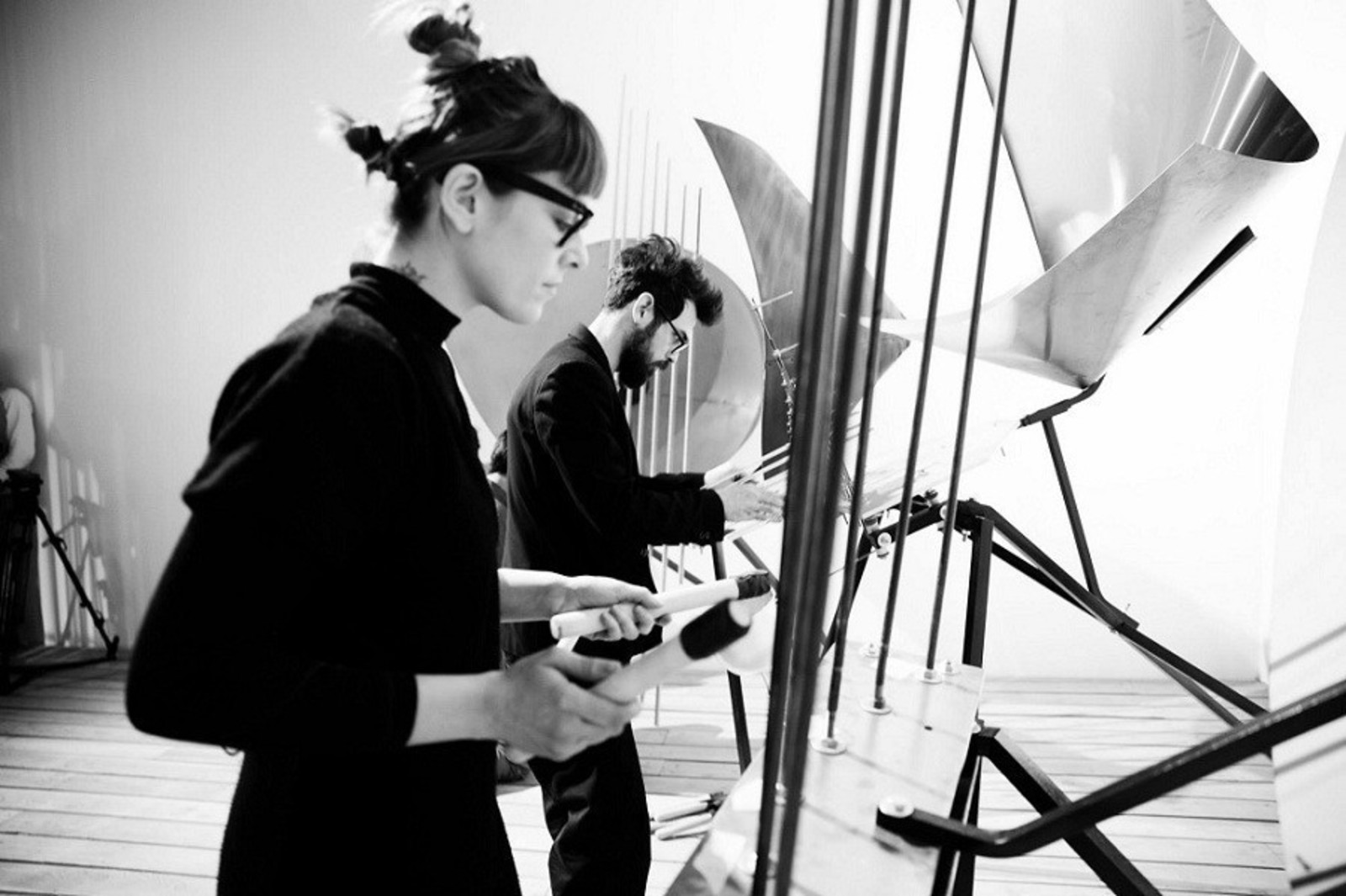ACOUSTIC EXPERIMENTS OF BASCHET BROTHERS AND THEIR FOLLOWERS
Lecture
Marti Ruids
Tuesday, November 23, 7.30 – 9.00 pm
Garage Education Center
admission free
On of the Art-experiment participants, the Baschet Soundsculpture Workshop UB leader Marti Ruids, using Moscow in situ work Andrei-phone as an example, will share the experience of creating sound sculptures out of local materials and also on the development of Baschet brothers' ideas nowadays.
François Baschet (1920-2014) and Bernard Baschet (1918) are well known pioneers of soundsculpture: they based their career on the fertile crossing of art and science for a new social approach within and inclusive perspective. Their interest to explore new experimental sound leaded them to research the relationship between shapes, materials and the acoustic behaviours. In 1952 they created a crystal organ Baschet, consisted of 54 crystal tubes. The sound is produced by the friction of the glass with wet fingers, as the bow of a violin,that generates a vibration of the resonance frequencies of metal rods and plates, driven to the air by cardboard and metal speakers. This interface is very sensitive to the touch and allows anyone to produce rich sound without any specific training. This allows intuitive interpretation of sounds as long as desired, as if it were an acoustic synthesizer. The Cristal has attracted audiences of all kinds, and both performers and composers have been fascinated by its dynamic potential.
Marti Ruids – leader of the Baschet Soundsculpture Workshop UB. Baschet Soundsculpture Workshop UB is a part of the BR::AC (Barcelona, Research, Art and Creation) and collaborates with international cultural institutions abroad, such as Japanese and Mexican universities, in the process of restoring historical masterpieces, and elaborating a catalogization and a world network of artists, musicians, researchers, pedagogues, etc. interested in the Baschet's iclusive and acoustical approaches.


